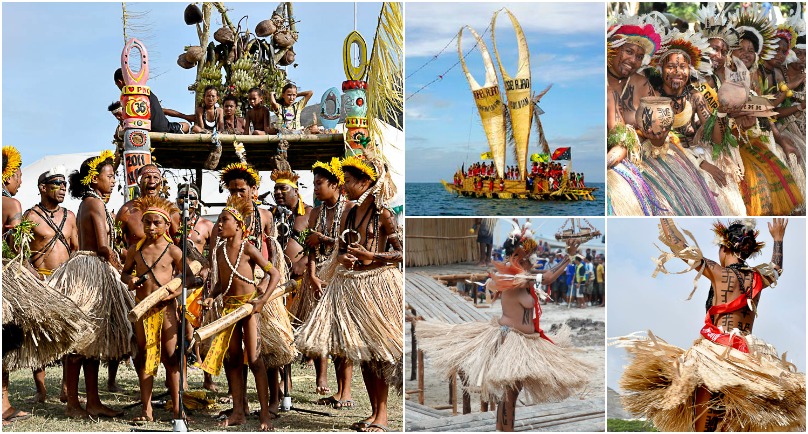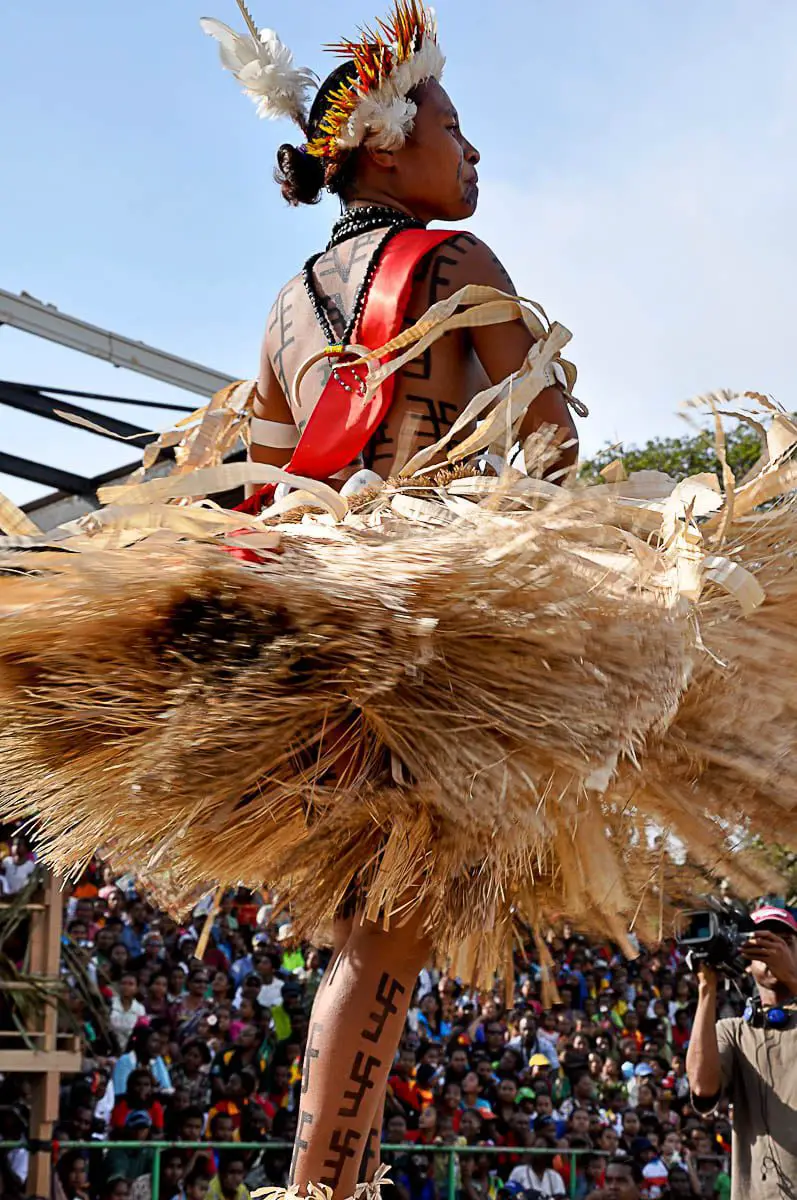
It could take two to three months before the return journey began. Hiri Moale Festival Hiri Moale Festival – Courtesy of Telegraph
#HIRI TRADE NEW GUINEA PLUS#
Plus they needed the seasons to change and the lahara north-west trade winds to start so that they could sail home.

Because the crew would have to modify their boats by adding extra hulls to carry the bulky cargo of sago. On arrival the trading was done quickly, however the lagatoi could not return immediately. The outward-bound journey was usually uneventful because of calm seas, and only took about one week.

Their destination was usually a specific village in the Gulf where they were known and trusted from previous voyages. Taking with them large quantities of clay pots which they would trade for sago. So the hiri trade developed and each year the lagatoi sailing canoes headed westward in to the Gulf of Papua, following the annual south-east laurabada trade winds. However the Motu were very skilled in making clay cooking pots – highly prized elsewhere. Which meant that growing enough of the basic staple food sago was very difficult. The area of the south coast inhabited by the Motu lays in a rain shadow with a harsh dry season. With a crew of thirty Motu men was required to sail each boat! The Motu were reknowned for their annual hiri trading expeditions to distant parts of the Gulf of Papua, which were conducted on large sailing canoes called lagatoi.īasically a multi-hulled raft, the Motu men hand built the lagatoi by lashing large logs together. Their sails were claw-shaped and made from coconut fiber. The area first settled by Europeans during the colonial period… Lagatoi – Courtesy of the PNG Museum The Hiri Trade The Motu were originally a sea-going people who lived on the south coast of the main island of New Guinea. They, along with the Koitabu tribe, are the original native people of the Port Moresby area.

Hanuabada (Great Village) is a Motu village. While there is a third stilt village at Tubuseraia on the Magi Highway about 20kms south-east of the capital. With the other being Koki at the eastern end of Ela Beach. Hanuabada is one of only two remaining stilt villages in Port Moresby.


 0 kommentar(er)
0 kommentar(er)
